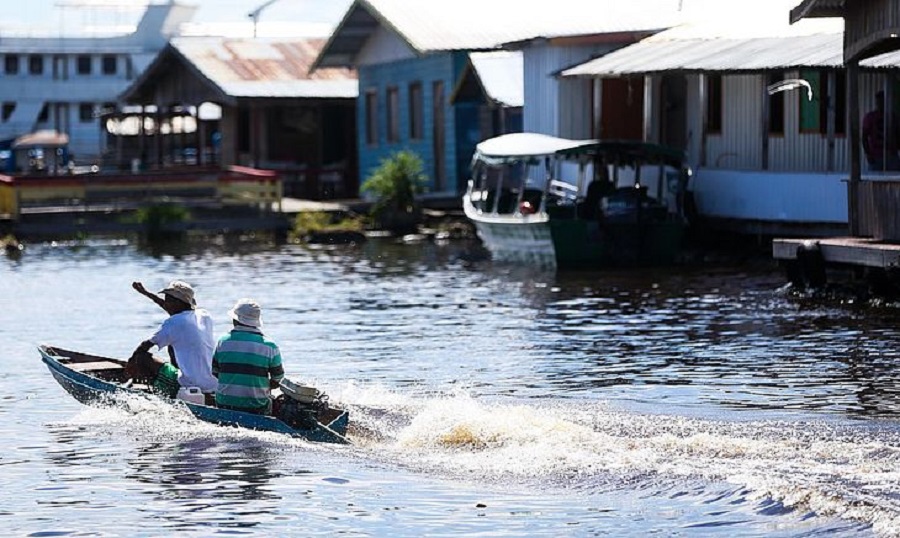RIO DE JANEIRO, BRAZIL – On Saturday, June 5, the level of the Rio Negro reached the highest mark recorded in Manaus since 1902, when the water volume monitoring began.
According to the monitoring conducted by the Port of Manaus, the river level rose another 1 centimeter between Friday, June 4, and Saturday, reaching 30 meters.

Experts had predicted that the mark would be reached, surpassing the previous record of 29.97 meters registered in 2012 – which had been exceeded last Tuesday, June 1, when the level reached 29.98 meters.
On Monday, May 31, when 29.97 meters were registered, Luana Gripp Simões Alves, a researcher from the Geological Survey of Brazil (CPRM), said there was an 80% chance that the river level would reach 30 meters.
At the time, the researcher said that, from a technical standpoint, within this margin, the rise would not cause greater damage and inconvenience than already registered – not least because the potential 3 centimeter difference would fall within the error margin of the measurement, according to her.
“In terms of water volume, the fact that the level could rise 1 or 2 centimeters more would have very little impact,” said Luana last Monday, before disclosing the expectation that, considering the rainfall patterns, the river level should stabilize at the current mark and then slowly begin to drop.
“Everything suggests that the floods are coming to an end. In terms of effects, the flood we will see this year is likely what we are now witnessing,” commented Luana, emphasizing that even after the Rio Negro level begins to drop, the flood’s effects will be felt for some time. “The impacts will not cease overnight. It will still take several weeks, because in the first moment the speed [of the outflow] will be slow.”
The effects the researcher is referring to are felt mostly in the capital, Manaus. According to the city government, over 4,000 families in 15 neighborhoods have been directly affected by the rising river levels, and over 10,000 meters of footbridges and bridges have had to be improvised.
Many of the families whose houses were damaged rely on the welfare benefits paid by the city government (R$600 [US$119] rental subsidy, paid in two installments, and another R$400 from the Flood Operation subsidy, totaling R$1,000) to repair part of the damage.

